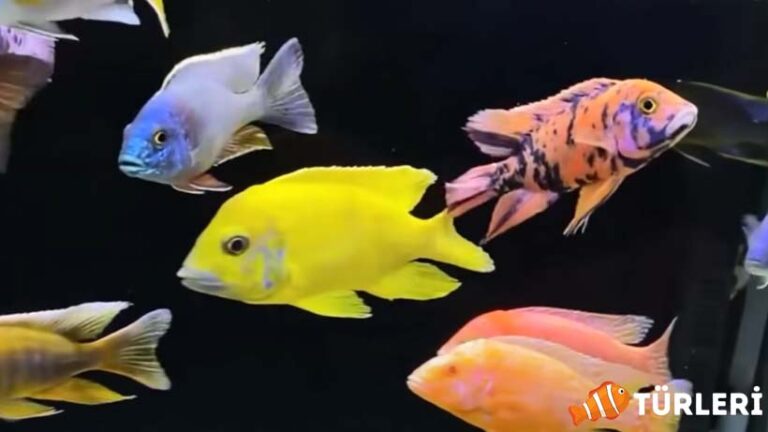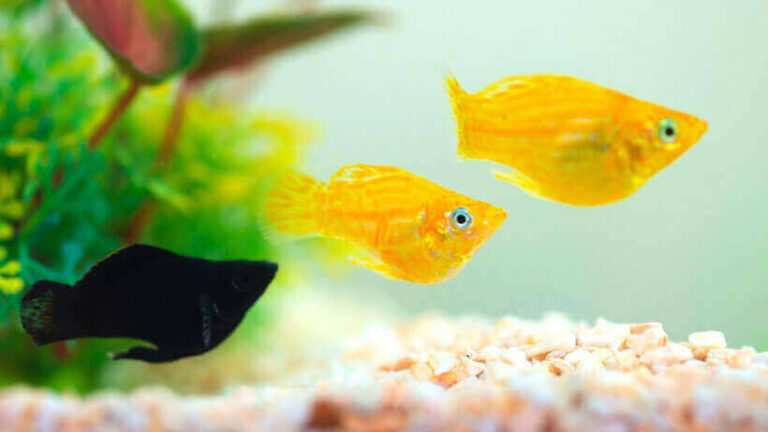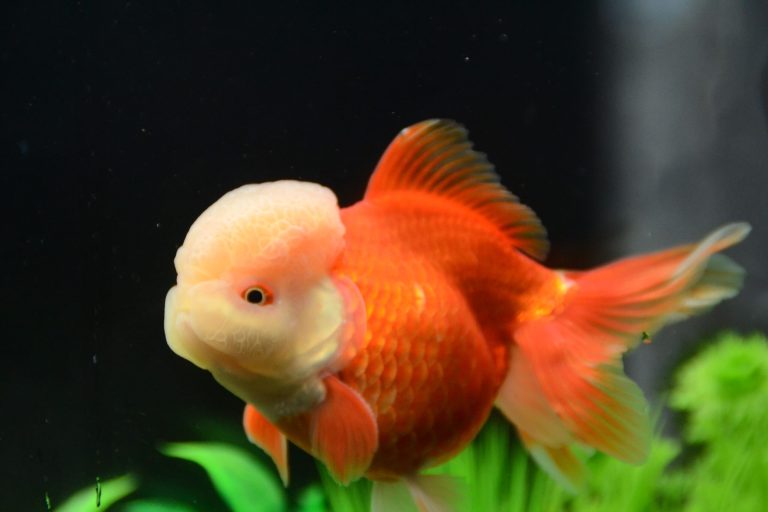Aquarium Fish Diseases: 9 Common Diseases and Their Treatments – 2023
Aquarium fish diseases can be frustrating when everything seems to be going right. If there’s something amiss with the health of your fish, you’re in the right place! Yes, just like us, fish can get sick too. The primary causes of fish diseases include parasites. Internal or external parasites, various infections, or stress can also make your fish sick.
How to Prevent Aquarium Fish Diseases?
Before diving into fish diseases, let’s discuss how to prevent them. It can be disheartening to see one or several of your fish sick, especially when everything seemed fine. To avoid this situation and, worse, sudden fish deaths, please read and try to apply the following measures. As with us, the best cure for fish is prevention.

Daily Checks
Try to check on your fish every day. This step is crucial for early diagnosis and treatment of diseases in your fish.
Quarantine the Fish
During your daily checks, if you notice signs of illness in one or several fish, you need to move them to a separate quarantine aquarium. Otherwise, the other fish that haven’t been infected yet are also at risk. Moreover, always keep newly purchased fish in a quarantine aquarium for a few weeks before adding them to the main tank.
Proper Feeding
Make sure you’re feeding your fish the right amount and appropriate food. Overfeeding or underfeeding, and using poor-quality food directly affects the health of the fish.
Aquarium Cleaning and Maintenance
Don’t neglect weekly water changes to prevent deterioration in water quality. Ensure your aquarium water is safe for the fish. Do not keep any harmful chemicals on or around the aquarium that could accidentally spill into it.
Dead Fish
Dead fish can rapidly degrade water quality. If you spot a dead fish, remove it from the aquarium immediately. When considering fish diseases, this factor is at the forefront because it can quickly deteriorate water quality.
Gathering Information
Before setting up a fish aquarium, please educate yourself about them. Research their habits, feeding, breeding, and care requirements. If you wish to keep a specific species, learn about its unique requirements and whether it needs special care.
Stress
Your fish can get sick from stress too. Stress weakens the fish’s immune system, making it susceptible to diseases. Main causes of stress include:
Overcrowding: Overcrowding causes stress in your fish and increases the speed of disease transmission. You should determine the aquarium size based on the type and number of fish you have.
Water Temperature: Find out if your aquarium water temperature is suitable for the type of fish you have. An ideal temperature for the health and breeding of fish is 24°C. Extreme temperatures, either high or low, cause stress which weakens immunity. (Tropical fish generally prefer temperatures between 24-27°C)
Water Quality: Polluted aquarium water promotes the growth of parasites and bacteria. Poor water quality stresses fish, and the parasites thriving in the dirty water can make them sick. Don’t skip weekly water changes and replace at least 30% of the aquarium water.
Incompatible Fish Species: For livebearers, aggressive, combative, or incompatible tank mates can stress them, making them more susceptible to diseases. Research compatible species before purchasing any fish.
Aquarium Fish Diseases, Symptoms, and Treatment Methods
You can access information about fish disease symptoms and treatment methods by clicking the relevant link. In the list below, you will learn about the most commonly observed parasites, diseases, and their treatments. This list will help you identify and treat your fish’s ailment.
White Spot
White spot disease is common among aquarium fish. It’s also a parasitic outbreak that affects the kidneys and skin of marine fish and can be fatal if left untreated.
White spot disease treatment and detailed information:
Pop-Eye (Eye Swelling)
Pop-eye disease can occur in many species, mostly in goldfish. Dirty water is the primary cause of this disease.
Pop-eye disease treatment and detailed information:
Swim Bladder Disorder
Swim bladder disorder results in upside-down swimming. This condition is caused by stress or inflammation, infection, among other reasons. The fish swim head down and appear to flounder uncontrollably in the water.
Swim bladder disorder treatment and detailed information:
Fin and Tail Rot
Fin and tail rot is primarily bacterial. Tail rot is a common disease in fish. With timely treatment, the fish can recover, but if left untreated and the fish dies, the infection can spread to other fish.
Fin and tail rot treatment and detailed information:
Velvet (Oodinium)
Velvet or Oodinium is considered a parasitic algae. The parasite typically first settles inside the fish’s gills, preferring this location due to its soft tissue. After feeding on the fish for a few days, it releases its thread-like extensions and forms cysts on the aquarium floor.
Velvet disease treatment and detailed information:
Mouth Fungus (Columnaris)
Mouth fungus, or Columnaris, is commonly observed in catfish and livebearer species. The bacterial species responsible for this condition is named Columnaris because it resembles a rod. Common triggers include poor diet, bad water quality, handling the fish, and stress from transportation.
Mouth Fungus (Columnaris, Cotton Mouth) treatment and detailed information:
Ammonia Poisoning
The most common cause of ammonia poisoning is excessive ammonia in the water. This ammonia poisons your fish, making it difficult for them to breathe. You will notice your fish struggling to breathe at the water’s surface.
Ammonia poisoning treatment and detailed information:
Internal Parasites (Camallanus Worms)
Internal parasites are also known as Camallanus worms. This is a type of parasite and can be orange or brown in color. They resemble worms and move like them. They may manifest themselves by emerging from the fish’s anal part.
Internal Parasites (Camallanus worms) treatment and detailed information:
Tuberculosis (Fish TB)
A virus from the Mycobacterium genus can cause this disease. What distinguishes the Mycobacterium genus from others is that it is a type of virus that can be transmitted from animals to humans. It is highly contagious and deadly. If treatment isn’t started immediately, you may lose all the fish in the aquarium.
Tuberculosis (Fish TB) treatment and detailed information:
We tried to address the topic of aquarium fish diseases as comprehensively as possible. Just like in us humans, the most effective treatment in fish diseases is prevention. As long as you apply the measures under the above-mentioned “How to Prevent Fish Diseases” heading, you will reduce the likelihood of your fish contracting diseases to almost zero.








